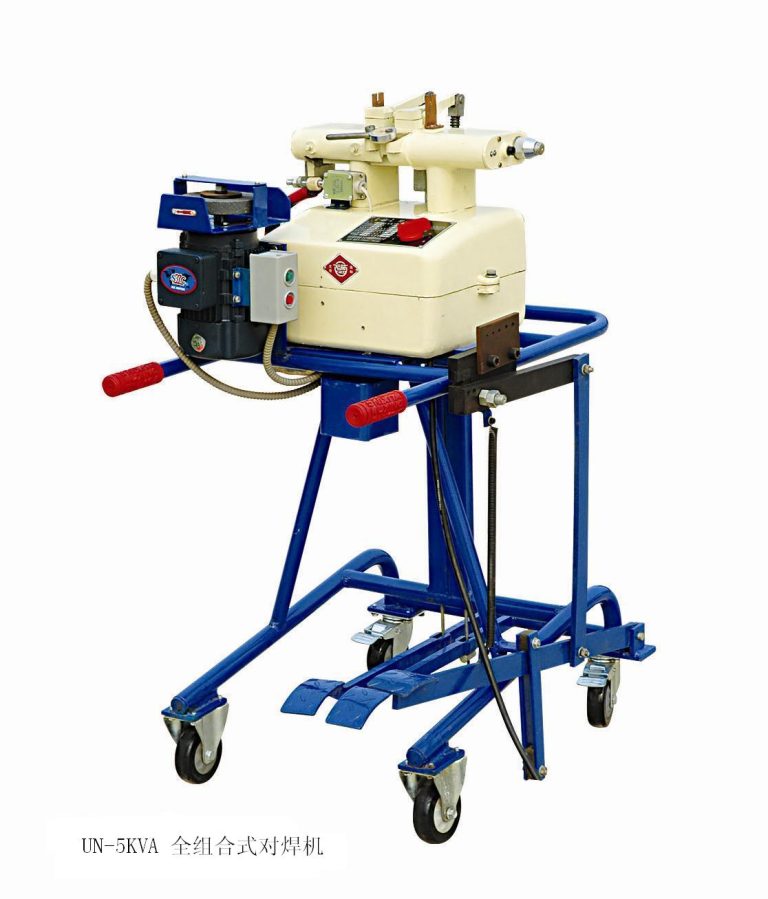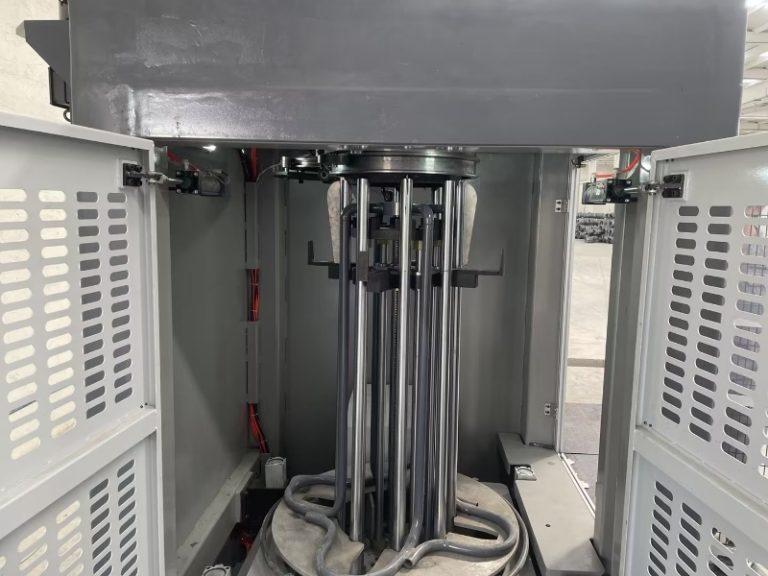Common Issues and Solutions in GI Wire Production Lines
GI Wire Production Line is essential in the manufacturing industry for producing galvanized iron wires used in various applications such as fencing, construction, and electrical wiring. However, like any manufacturing process, there are common issues that can arise during production that can affect the quality and efficiency of the production line. In this article, we will discuss some of these common issues and provide solutions to help address them.

One common issue in GI wire production lines is inconsistent wire diameter. This can be caused by a variety of factors such as improper tension control, worn out dies, or incorrect wire feed speed. In order to address this issue, it is important to regularly calibrate and maintain the equipment to ensure proper tension control. Additionally, replacing worn out dies and adjusting the wire feed speed can help to achieve a more consistent wire diameter.
Another common issue is poor adhesion of the galvanized coating to the wire surface. This can result in a lower quality product that is more prone to corrosion. One possible solution to this issue is to ensure that the wire surface is properly cleaned and prepared before the galvanizing process. Additionally, adjusting the temperature and speed of the galvanizing bath can help to improve the adhesion of the coating to the wire surface.
One of the most critical issues in GI wire production lines is equipment breakdowns. This can lead to costly downtime and delays in production. To prevent equipment breakdowns, it is important to regularly inspect and maintain the equipment to identify any potential issues before they escalate. Additionally, having spare parts on hand can help to quickly address any unexpected breakdowns and minimize downtime.
Another common issue in GI Wire Production Machine is poor wire straightness. This can be caused by improper alignment of the equipment or worn out rollers. To address this issue, it is important to regularly check and adjust the alignment of the equipment to ensure that the wire is properly straightened. Additionally, replacing worn out rollers can help to improve the straightness of the wire.

In conclusion, GI wire production lines are essential in the manufacturing industry for producing galvanized iron wires used in various applications. However, like any manufacturing process, there are common issues that can arise during production that can affect the quality and efficiency of the production line. By addressing issues such as inconsistent wire diameter, poor adhesion of the galvanized coating, equipment breakdowns, and poor wire straightness, manufacturers can improve the quality and efficiency of their GI wire production lines. Regular maintenance, proper calibration, and adjustments to equipment settings can help to prevent these common issues and ensure a smooth production process.
Benefits of Using GI Wire in Construction Projects
Galvanized iron (GI) wire is a popular choice in construction projects due to its durability and strength. The process of galvanizing involves coating the wire with a protective layer of zinc, which helps prevent corrosion and rust. This makes GI wire an ideal material for use in various construction applications, such as fencing, concrete reinforcement, and suspension bridges.
One of the key benefits of using GI wire in construction projects is its longevity. The zinc coating on the wire provides a barrier against moisture and other environmental factors that can cause corrosion. This means that structures built with GI wire are more likely to withstand the test of time and require less maintenance over the years.
In addition to its durability, GI wire is also known for its high tensile strength. This means that it can withstand heavy loads and stresses without breaking or deforming. This makes it an ideal material for use in applications where strength and stability are crucial, such as in the construction of high-rise buildings or bridges.

Another advantage of using GI wire in construction projects is its versatility. GI wire comes in a variety of gauges and sizes, making it suitable for a wide range of applications. Whether you need to reinforce concrete, secure a perimeter fence, or suspend a bridge, there is a GI wire product that can meet your specific needs.
Furthermore, GI wire is easy to work with and can be bent, twisted, and cut to fit the requirements of a particular project. This flexibility makes it a popular choice among contractors and builders who need a reliable and cost-effective material for their construction projects.
To meet the growing demand for GI wire in the construction industry, many manufacturers have invested in state-of-the-art production lines. These production lines are designed to produce high-quality GI wire efficiently and cost-effectively. By using advanced technology and automation, manufacturers can ensure that their GI wire products meet the highest standards of quality and consistency.
One of the key features of a GI wire production line is its ability to coat the wire with zinc using a hot-dip galvanizing process. This process involves immersing the wire in a bath of molten zinc, which creates a strong bond between the zinc coating and the underlying steel wire. This ensures that the wire is fully protected against corrosion and rust, even in harsh environmental conditions.
In conclusion, the use of GI wire in construction projects offers a range of benefits, including durability, strength, versatility, and cost-effectiveness. By investing in a high-quality GI wire production line, manufacturers can ensure that their products meet the highest standards of quality and performance. Whether you are building a new structure or renovating an existing one, GI wire is a reliable and versatile material that can help you achieve your construction goals.






